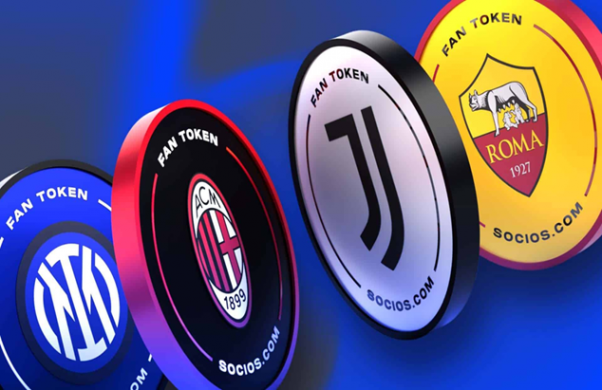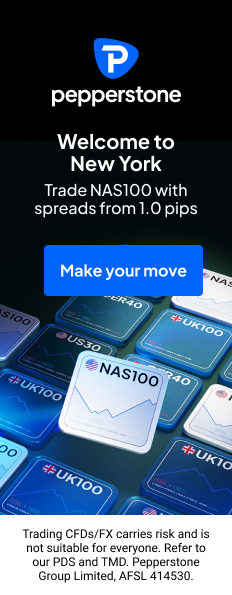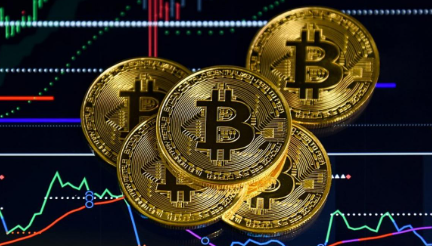The global sports industry moves billions of dollars each year and is constantly seeking new ways to monetise its audience and strengthen the connection with its fans. At the same time, the blockchain ecosystem continues to revolutionise economic models with innovative digital assets. The intersection of these two worlds has given rise to a new asset class that redefines the bond between clubs and supporters.
Among them, the so-called Fan Tokens stand out — a digital tool that not only represents a form of participation, but also opens up new revenue streams and enhances loyalty. We wanted to dig deeper, so we carried out a detailed analysis of the market for these sports-linked digital assets.

Defining the asset class: A look under the hood
Fan Tokens are digital assets that function as utility tokens, not financial securities. They are purchased using base cryptocurrencies like Chiliz ($CHZ) and allow holders to participate in digital ecosystems managed by various platforms. These tokens provide exclusive access to symbolic voting rights, unique content, VIP experiences, and rewards.
From the club’s perspective, they represent a new source of direct-to-consumer income and a goldmine of data about fan behaviour and preferences. For the holders, they work as keys unlocking exclusive spaces for interaction, although they do not grant any equity or ownership in the sports entities.
Market analysis: Size, growth, and key players
The market for these fan-related digital assets has shown remarkable growth since 2020. Currently, the total capitalisation of the sector exceeds several hundred million dollars, with daily trading volumes fluctuating between 5 and 25 million, depending on the matchday and related news.
Socios.com, powered by Chiliz technology, leads the market with a network that includes dozens of football clubs from Europe and Latin America, such as Paris Saint-Germain, Manchester City, Inter Milan, and Flamengo. The platform has also expanded into other sports such as Formula 1 (Alpine), mixed martial arts (UFC), esports, and emerging crypto-related sports like rugby (Seattle Seawolves) and cricket (Seattle Orcas).
The presence of these assets in major tournaments like the 2025 Club World Cup adds legitimacy to the sector. While emerging systems like BlockDAG are proposing alternative partnership models in sports, Socios retains a significant competitive edge that is hard to replicate in the short term.
Price drivers & volatility: What moves the market?
Sporting performance has a strong influence on the value of these tokens. Studies have shown that a loss can lead to sharp price drops, whereas wins tend to generate more moderate positive impacts. Before major fixtures like UEFA Champions League matches, trading volumes typically rise, reflecting anticipatory behaviour from users.
Beyond match results, news such as high-profile signings, managerial changes or new sponsors can also move prices — a kind of “emotional trading” similar to that seen with heavily media-covered tech stocks.
Although there is some correlation with the broader crypto market — especially with Bitcoin and Ethereum — fan tokens are influenced by their own specific drivers. This makes them a submarket with a dual logic: they follow general crypto trends while also reacting to internal, sports-specific catalysts.
Fan behaviour and community impact
The dynamics of fan tokens go far beyond the financial market — they thrive in passionate communities that see these digital assets as a new form of expression, identity, and belonging. The bond between fans and clubs has always been emotional, and this kind of token turns that emotion into active participation and tangible rewards.
On Socios.com, many clubs have successfully channelled fan enthusiasm into exclusive experiences — from voting on kit designs to attending VIP events or receiving personalised merchandise. As a result, users become active participants in decision-making, even on smaller matters, deepening their connection with the club.
Digital platforms, forums, sports influencers, and communities on networks like Telegram or Discord also play a key role. These spaces host debates on token values, organise collective buying movements, and even run campaigns to influence votes. These dynamics reinforce the community-driven nature of fan tokens, which are positioned as more than just assets — they are a form of participation and activism in the world of sport.
Crowd psychology and collective sentiment have a direct impact on token pricing. Spikes in enthusiasm, or collective frustration following a defeat, can quickly move the market. Understanding this socio-digital environment is just as important as understanding the technology behind the token.
The regulatory gauntlet and investment risks
The legal classification of these assets is the main risk to their consolidation. In various jurisdictions — such as the United States, United Kingdom, and the European Union — financial authorities are assessing whether these tokens should be treated as financial securities. Such a reclassification would require stringent regulatory compliance and significantly alter how these assets operate in secondary markets.
According to PwC’s latest report on crypto regulation (2025), the global landscape is moving towards tighter frameworks, with increasing demands for transparency, investor protection, and anti-money laundering measures. This keeps fan tokens in a legal grey area. On top of regulatory concerns, there are structural risks such as:
- High volatility, with sharp swings influenced by sporting outcomes.
- Limited liquidity in many trading pairs, making it harder to buy or sell efficiently.
- Platform risk, as a large part of the market depends on a single centralised provider.
Conclusion: An investor’s final take
The fan token ecosystem represents a new frontier in sports marketing and digital assets. Their value hinges on a complex mix of on-pitch performance, collective emotion, and global crypto trends.
While adoption-driven growth is clear, the lack of regulatory clarity remains a significant hurdle. For investors, this asset class should be approached with caution, an understanding of the environment, and considered as a speculative slice within a diversified portfolio.


 Hot Features
Hot Features












